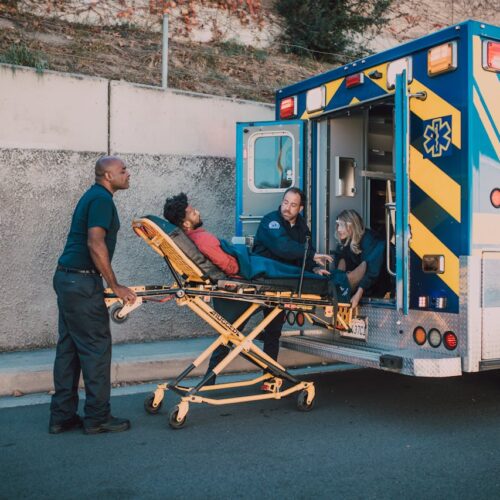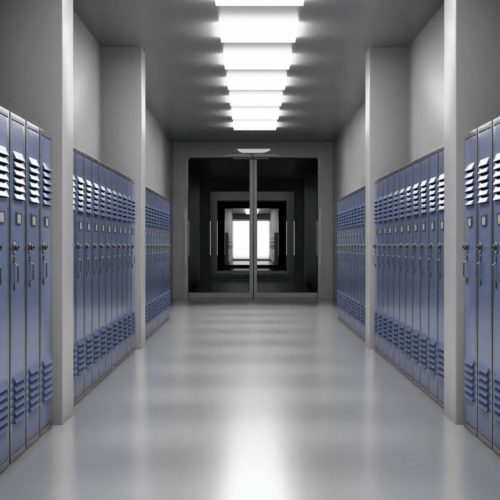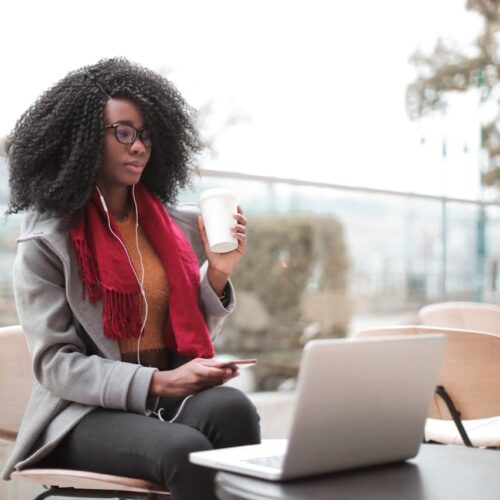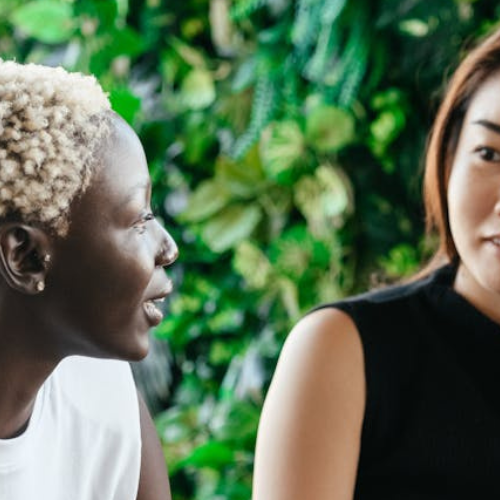
School absences are not a threat to public safety. Yet jurisdictions across the country take a punitive approach to truancy, which can push youth deeper into the juvenile justice system and hinder their education.
Our new infographic series, Rethinking Juvenile Justice + Schools, explores the roles that the juvenile justice and education systems play in keeping youth in school and on course for a successful future.
Part 1, How Students Can Suffer When Cutting Class Is Treated as a Crime, examines how truancy responses can unnecessarily push youth farther into the juvenile justice system. It offers concrete recommendations for policymakers to examine their responses to truancy.
Part 2 in the series, How Probation Can Do More Harm than Good When It Comes to Keeping Youth in School and on Track, explores how probation can be an ineffective and overly punitive tool to address truancy. The accompanying recommendations for policymakers explore strategies other than probation to address school attendance concerns.
The infographics accompany our latest report—Rethinking the Role of the Juvenile Justice System: Improving Youth’s School Attendance and Educational Outcomes—which provides a first-of-its-kind analysis of the juvenile justice system in South Carolina. Our findings reveal that kids referred to the juvenile justice system did not experience attendance improvements; in fact, they missed more school days than the year prior to their involvement with the system.
In response to growing calls for police reform in New Jersey, particularly following the shootings of Najee Seabrooks…
Read More Three Things to Know About New Jersey’s Groundbreaking Community Response Legislation
Three Things to Know About New Jersey’s Groundbreaking Community Response Legislation
In response to growing calls for police reform in New Jersey, particularly…
Read More Apply Now: Join a Learning Community for Community and Crisis Response Teams to Improve Responses to Youth
Read More
Apply Now: Join a Learning Community for Community and Crisis Response Teams to Improve Responses to Youth
Read More
 Apply Now: Join a Learning Community Focused on Substance Use and Overdose Community Response Programs
Read More
Apply Now: Join a Learning Community Focused on Substance Use and Overdose Community Response Programs
Read More
















